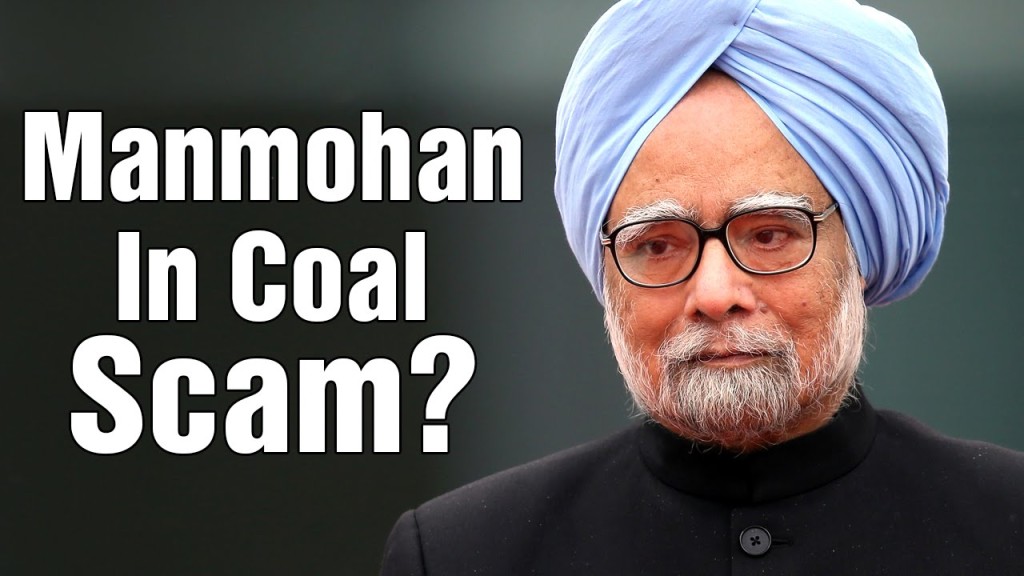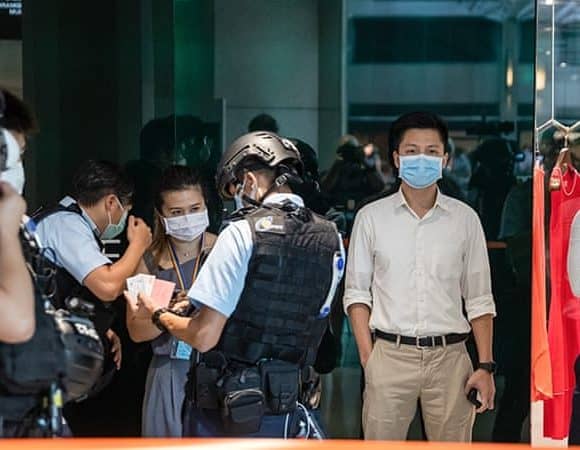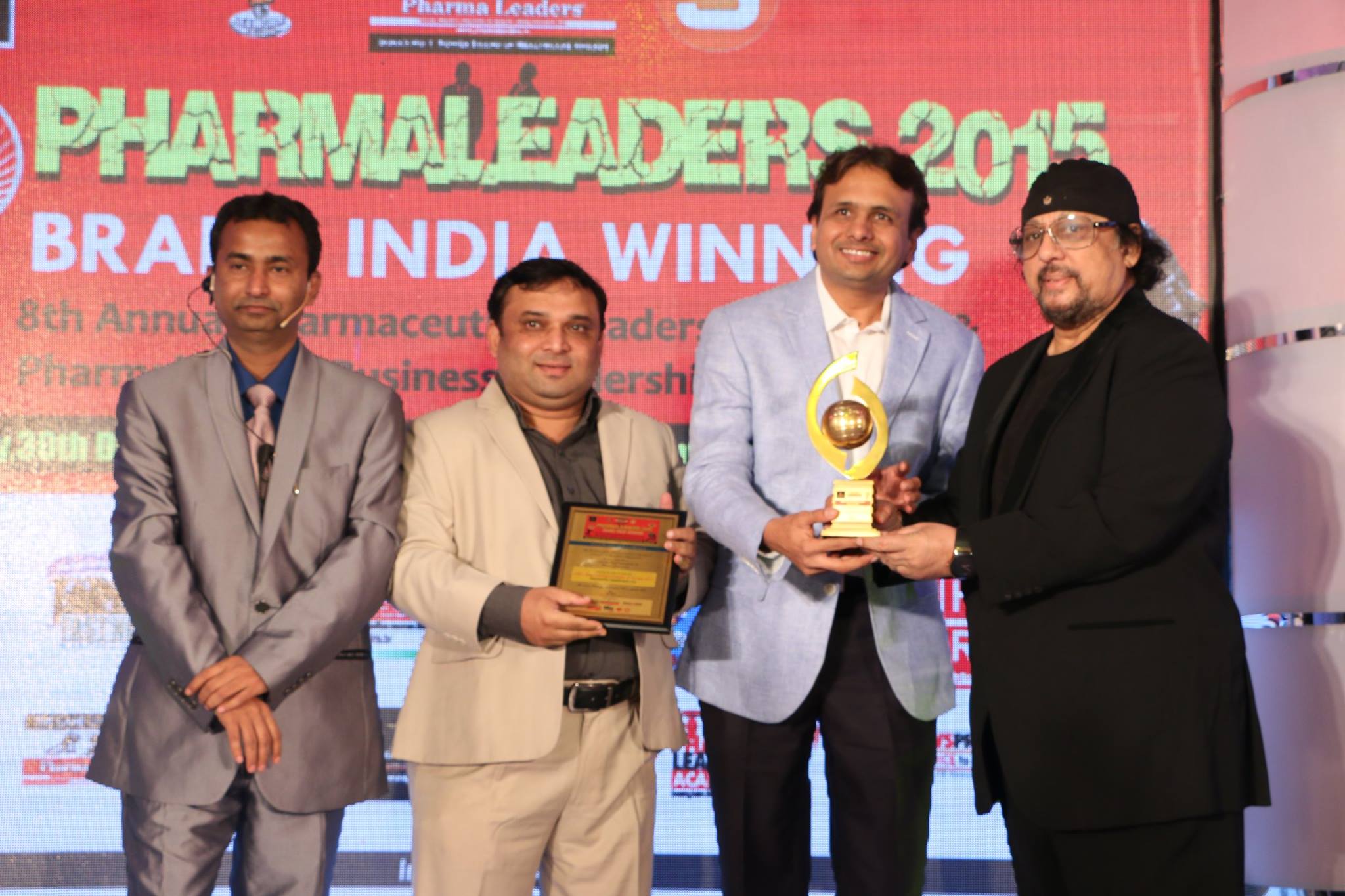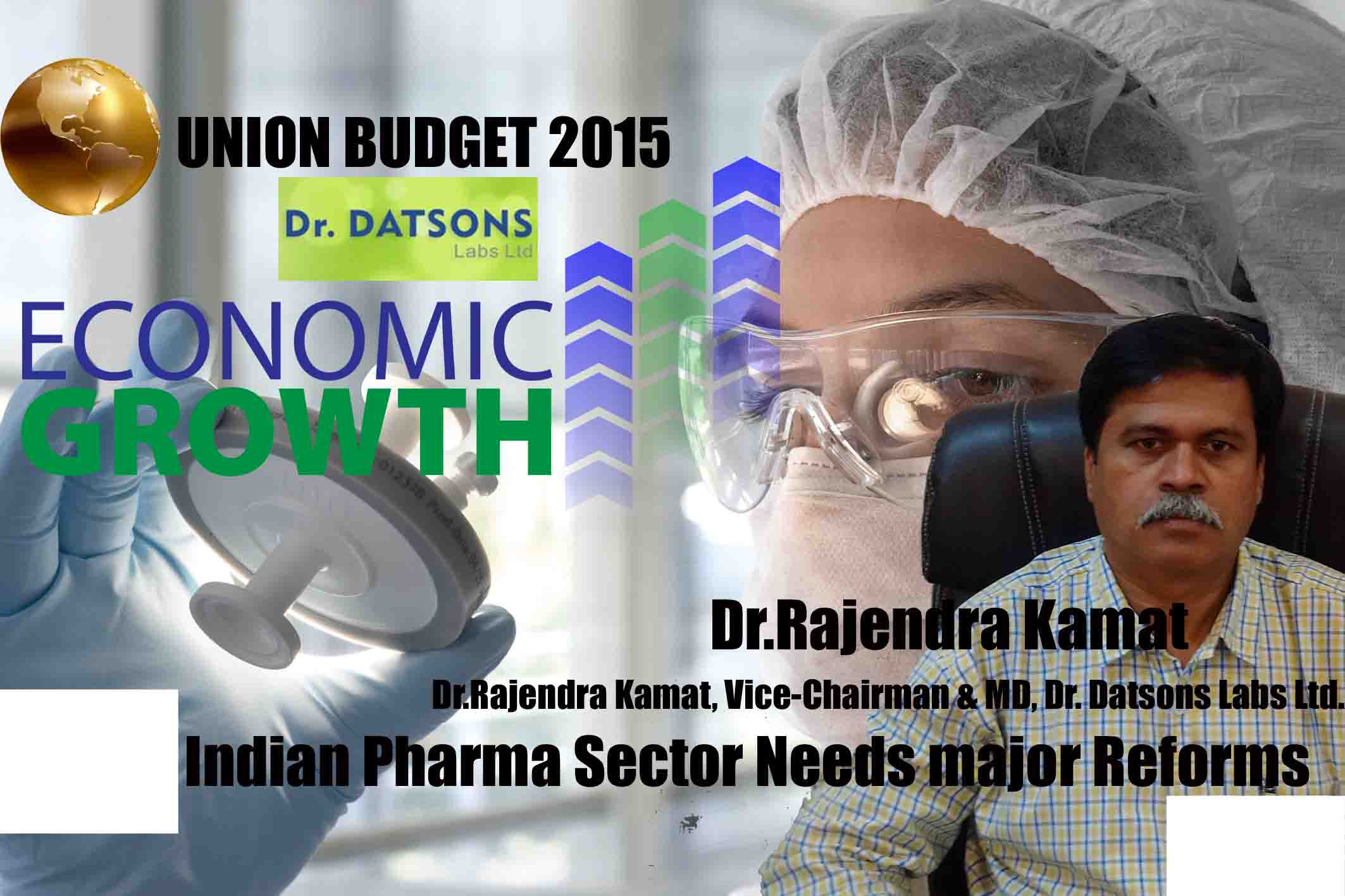

Merit in the case
Chalking out the sequence of events, Singh said that the Talbaria coal block allocation was a case where “ the final decision differed from the earlier recommendation of the Screening Committee, and this was done following a representation received in the Prime Minister’s Office from one of the parties, which was referred to the Ministry of Coal.”
Screening Committee’s first rejection
According to Singh, initially Birla (then non-executive chairman of Hindalco) had written to him (letter dated 7 May 2005) for allotment of Talabira II coal block in Odisha to Hindalco. Acknowledging the letter, Singh asked Birla to get a report from the coal ministry. Birla wrote another letter in June 2005 “repeating the request”, also writing to the coal ministry to send the report on the matter.
In August 2005, the Ministry of Coal had replied to the PMO saying that the Screening Committee, headed by Parakh, had recommended that the Talabira coal block be allocated to Neyveli Lignite Corporation (NLC) and not Hindalco as “adequate coal linkages had been provided to Hindalco from Mahanadi Coalfields Ltd. (MCL) a long time back and Hindalco had not used the coal.”
The committee had proposed that “NLC & Mahanadi Coalfields Ltd. can develop the two blocks together as one large mine through a Joint Venture (JV).”
However, Birla’s contention was that his company was the first one to apply for the block in 1996 and “the coal linkage granted earlier was not used as a bauxite mine lease relating to the aluminium plant had not materialized.” In fact, Birla further mentioned that “the Government of Odisha favoured allocation of Talabira-II to Hindalco in preference to NLC.”
Odisha government’s strong support
“While the file was being processed in PMO, the Prime Minister received a letter dated 17 August 2005 from the Chief Minister of Odisha (Naveen Patnaik) on the allotment of Talabira-II to Hindalco,” Singh said in the press statement.
File returned
The summons issued to former Prime Minister Manmohan Singh as an accused in the coal blocks allocation scam is probably a misdirection of the prosecution’s efforts. Not only will it probably go nowhere, but it will effectively shift the focus away from the real scamsters to the man who happened to figuratively head the coal ministry at that time – and who is highly unlikely to have derived any personal or pecuniary benefit from the misallocations.To be sure, the case does have some reason to drag Manmohan Singh’s name into it. For, he did have a direct role to play in changing the coal allocation pattern recommended by the Screening Committee set up for the purpose.The case, which involves the allocation of Talabira-II and Talabira-III coal blocks in Odisha’a Jharsuguda district in 2005, runs something like this: the blocks were originally allocated by the Screening Committee, headed by then Coal Secretary PC Parakh (also an accused in the case, along with Kumar Mangalam Birla of Hindalco), to the public sector Mahanadi Coalfields Ltd and Neyveli Lignite Corporation. But Birla wrote a letter to Manmohan Singh seeking his intervention. Singh directed him back to the coal ministry.

The coal ministry, which too was headed by Manmohan Singh, initially said that Hindalco already had coal available from Mahanadi Coalfields which it had not used. Birla then wrote a second letter to the PMO explaining that the old coal linkage had not been used because a “bauxite mine lease relating to the aluminium plant had not materialised.” Birla also said that his request for Talabira-II had the backing of the Odisha Chief Minister, Naveen Patnaik.
It was after such to-ing-and-fro-ing that the PM gave his okay to changing the allocation pattern, and even this was not about favouring only Birla. The final allocation pattern was 70 percent to Mahanadi Coalfields, and 15 percent each to Neyveli and Hindalco in a joint venture that included both Talabira-I and Talabira-II. In this new arrangement, Neyveli did get short-changed, for it would get only around 29 percent of its requirements, and Hindalco over 80 percent. To remedy this, it was agreed that Neyveli could be given more coal from another block, Talabira-III.
Now, it is always possible to interpret Manmohan Singh’s intervention as an attempt to favour Birla, but the problem is that one can never know. The political authorities have to constantly take such decisions keeping the larger interests of the country in mind, including public sector and private interests.
The problem with summoning Manmohan Singh to appear in person at the CBI court in April is that it will be seen as needless political harassment. Singh has already given his version of events to the CBI when the agency queried him this January, and calling him to court to make the same statement is hardly going to give the case new legs.
The downside of dragging Manmohan Singh into the case physically is this: it will shift focus from the real crooks who may have made money in the coal block allocations to the politician under whose watch it happened. This is not likely to lead anywhere. The real case the CBI has to chase is who made the money – but that is not in sight.
The case against Manmohan Singh, or for that matter Naveen Patnaik, if he too is dragged in, will fail unless the CBI can prove mala fide intent in the final decision.
To prove this, they will have to show that either Singh or Patnaik (or even people close to them) had something personal to gain from changing the allocation to help Birla. The same has to be proved against Parakh and Kumar Birla, too – which is unlikely to happen.
What Manmohan Singh can be blamed for are three things.
First, he presided over an opaque process which enabled someone to make money from wayward coal block allocations.
Second, he failed to shift the process towards the transparency of auctions even though he once favoured it. Who, or what, forced him to change his mind will tell us who may have benefited from this. It is more than likely that Congress and state-level regional politicians will have been responsible for this, but there is no proof as of now.
Third, as PM, Manmohan Singh is ultimately responsible – politically – for what went wrong in his administration. His party may have paid a price for this in the recent elections.
However, unlike the 2G spectrum scam, where A Raja was clearly seen as the man behind the machinations to favour a few, in the coal block scam, one can spot only political failures, but no smoking gun leading to the real crooks.
This shows that the CBI is on the wrong trail. Manmohan Singh isn’t the one to chase; he may know who should be chased, but probably won’t tell. The questions to ask are (1) who, or what, made him change his mind on coal auctions, and (2) who may have got paid in each separate coal block allocation. On this, there is no progress whatsoever. The case in court won’t fly for lack of legal evidence.



















